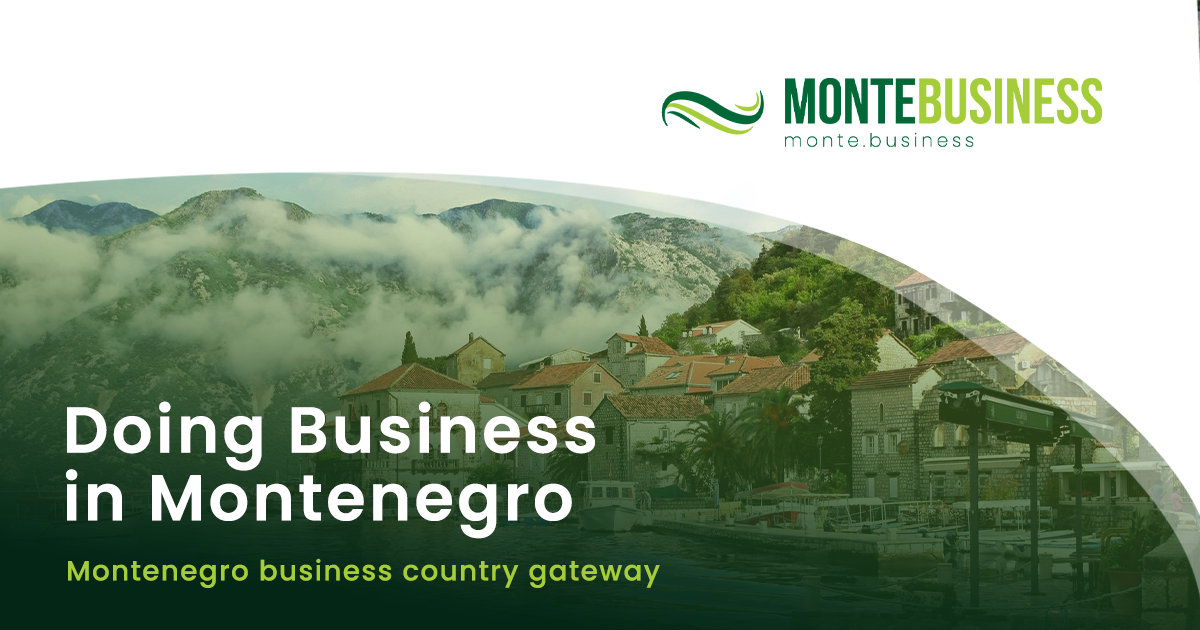Montenegro’s luxury real estate market has undergone major changes in recent years, driven by geopolitical shifts, improved air connectivity, and a growing investment mindset. Russian buyers, once dominant, have been replaced by purchasers from Serbia, the wider region, and increasingly, ex-Yugoslav emigrants from the US who are financially stable and focused on high-end projects with infrastructure, security, and long-term value.
According to Niko Laković, partner and executive director of Sotheby’s Realty Montenegro, Serbian buyers now account for around 50% of the market, the rest of the region and Western Europe about 30%, and Russians and Ukrainians 10–15%. Interest is also growing among British, Polish, and Slovak buyers with direct flights to Montenegro. US-based emigrants have become serious investors in luxury resorts and coastal properties.
Key projects such as Luštica Bay (€140 million in sales in 2023), Portonovi, and Porto Montenegro dominate the high-end segment. The average luxury property on the Montenegrin coast costs about €1 million, with highest demand for beachfront units and properties in gated resorts.
Turkish investors focus more on land purchases and joint ventures with local developers. Strategic investors like Mohamed Alabbar’s Emaar are seen as highly valuable, bringing capital, expertise, and global marketing.
Laković highlights Tivat as an example of successful urban planning and strategic investment, transforming it from a transit point into a high-value tourist and investment destination generating €35 million annually in VAT. Ulcinj, despite attracting more tourists, earns only about €3 million annually due to lack of infrastructure, an airport, and major investors.
He warns that without clear urban plans and strategic investment, Ulcinj’s vast potential, including the Velika Plaža area, will remain unrealized. Sustainable development, infrastructure, and balanced tourism are key for long-term value.








